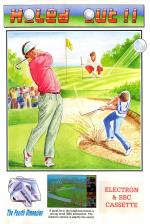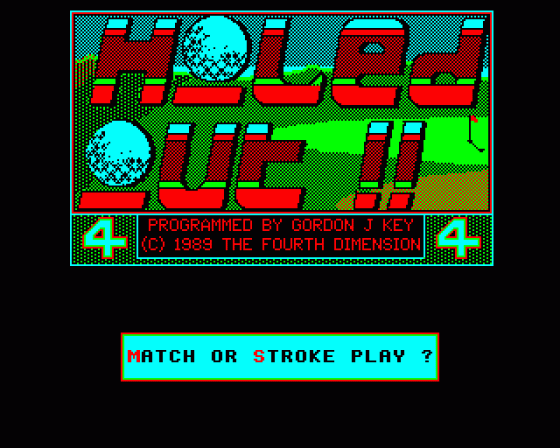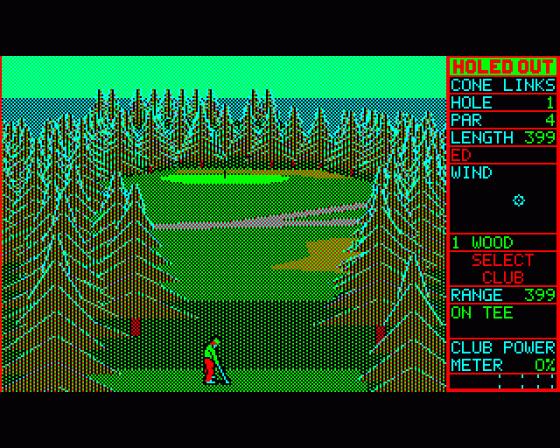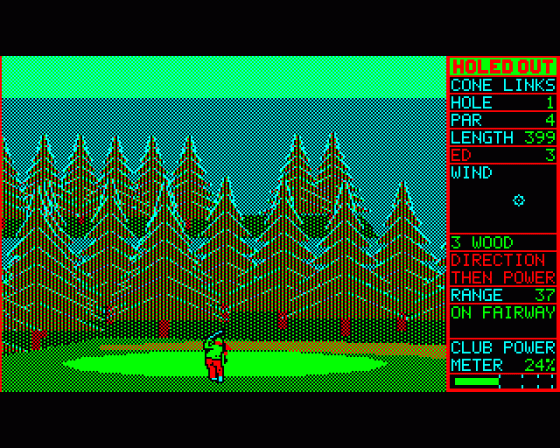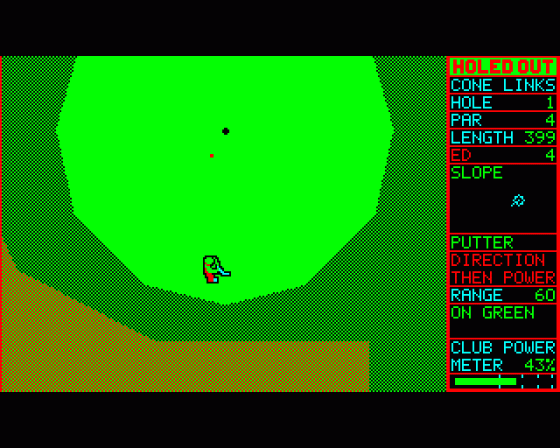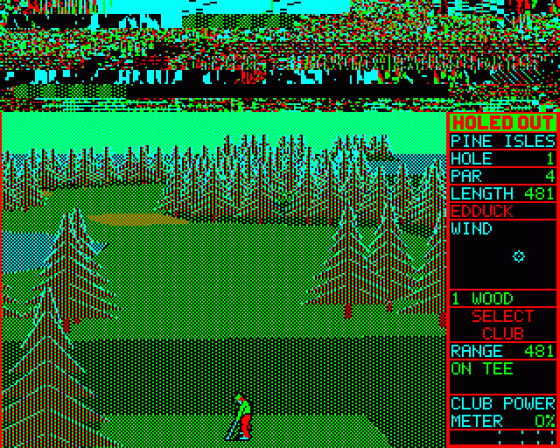Other Reviews Of Holed Out For The BBC/Electron
Holed Out (The 4th Dimension)
A review by David McLachlan (Electron User)
Holed Out (The 4th Dimension)
A review by Matthew Fifield (A&B Computing)
Holed Out! (The 4th Dimension)
Par Excellence
Holed Out! (The 4th Dimension)
A review by Dave E (Everygamegoing)


 1st June 1989
1st June 1989